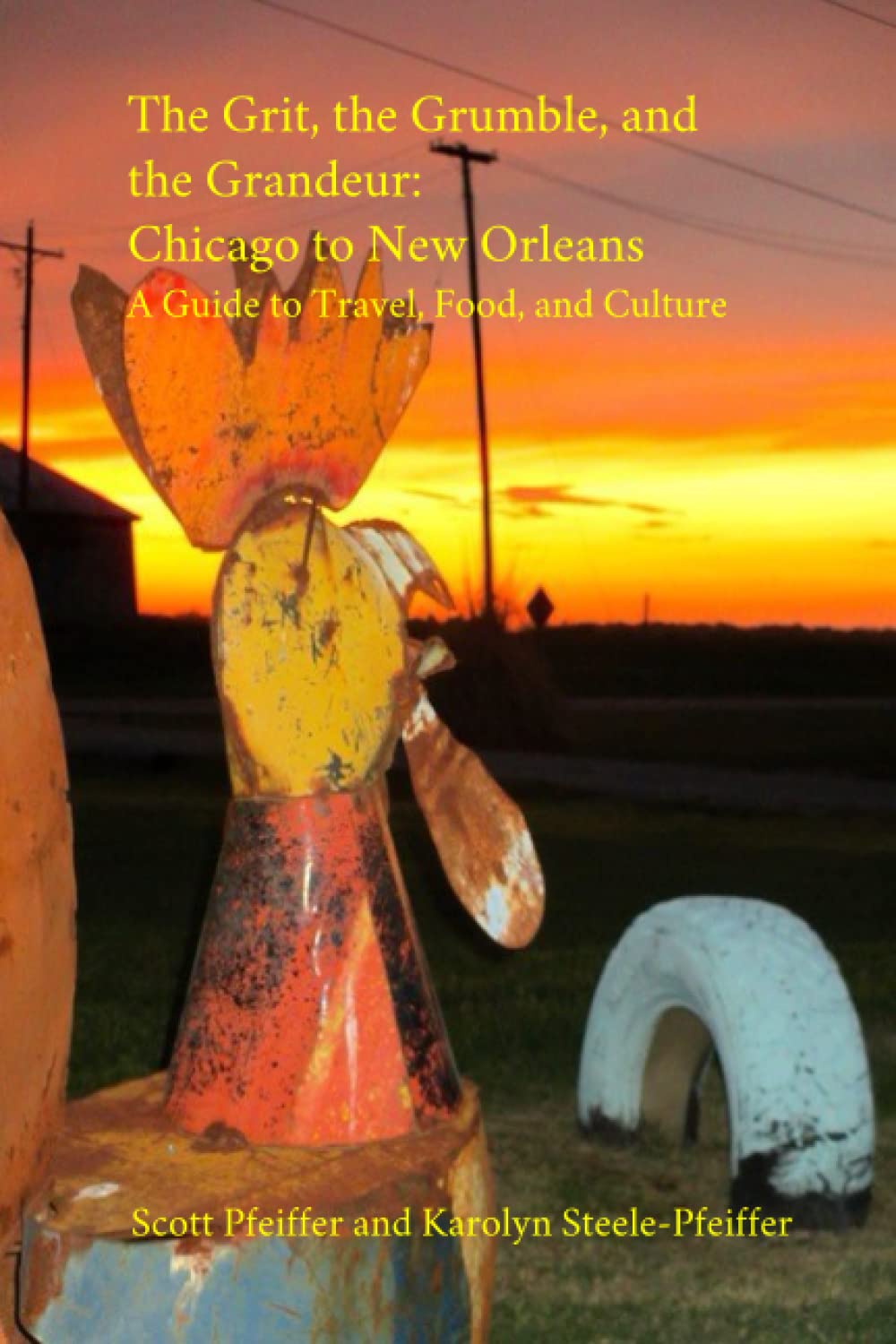The Aviator
Liked it but didn’t love it. I’ve a strict policy to never miss a Scorsese film, but it’s been awhile since one of his films meant much to me. This one is a biopic of Howard Hughes as a young man, when his mental illness (obsessive compulsive disorder) fueled his obsessions with aviation and filmmaking, and before it overwhelmed him. Scorsese obviously relates to a fellow obsessive: after all, he’s the man who once said, “I love movies – it’s my whole life and that’s it”.
‘The Aviator’ begins in the ‘20s with Hughes’ quixotic quest to create the WWI picture “Hell’s Angels”, which became the most expensive picture made to that point as Hughes paid his crew of more than 100 pilots to sit around waiting for the perfect clouds for the backdrop to the aerial scenes, which he shot with over two dozen cameras. It ends in the ‘40s as he finally achieved liftoff for his massive wooden flying boat, the “Spruce Goose”, which he designed for military use in WWII but which he didn’t finish till after the war ended.
As the film closes Hughes stands on the cusp of his descent into full-on madness.
Today he would be medicated for his OCD/germ phobia, but it was his obsessiveness that impelled him ever skyward, to dream on the grandest terms possible and beyond. Some claim that ‘The Aviator’ offers little insight into what caused Hughes to behave so bizarrely, but the cause probably was that there was something physically wrong with his brain chemistry.
Leonardo DiCaprio (or DiCrapio, as I’ve been known to call him) is actually quite good as Hughes, though I’m still not entirely sure what Scorsese sees in him. Cate Blanchett plays Katherine Hepburn, one of Hughes’ many movie star lovers. At first I thought, Blanchett’s doing a fine impression of Hepburn’s screen persona, but did Hepburn actually behave that way off-screen? Later it becomes clear that Blanchett is playing Hepburn as someone whose screen persona bled into her day-to-day life.
These days, the pleasures of a Scorsese film are not emotional but sensual: the liquid style with its almost dreamlike flow, the vivid use of color, the moving camera and its interplay with the rhythm of the cuts (for which longtime editor Thelma Schoonmaker once again deserves a hand). However, I rarely felt much for the people in the film. If he can marry his masterful style with characters that involve the audience emotionally, he’ll have another masterpiece.
Scorsese’s next project (which he’s been working on for years) is a film on Bob Dylan circa 1961-1966 due to air on PBS this summer. Now that could be amazing.
- Jan 21, 2005


 Scott Pfeiffer
Scott Pfeiffer
Reader Comments